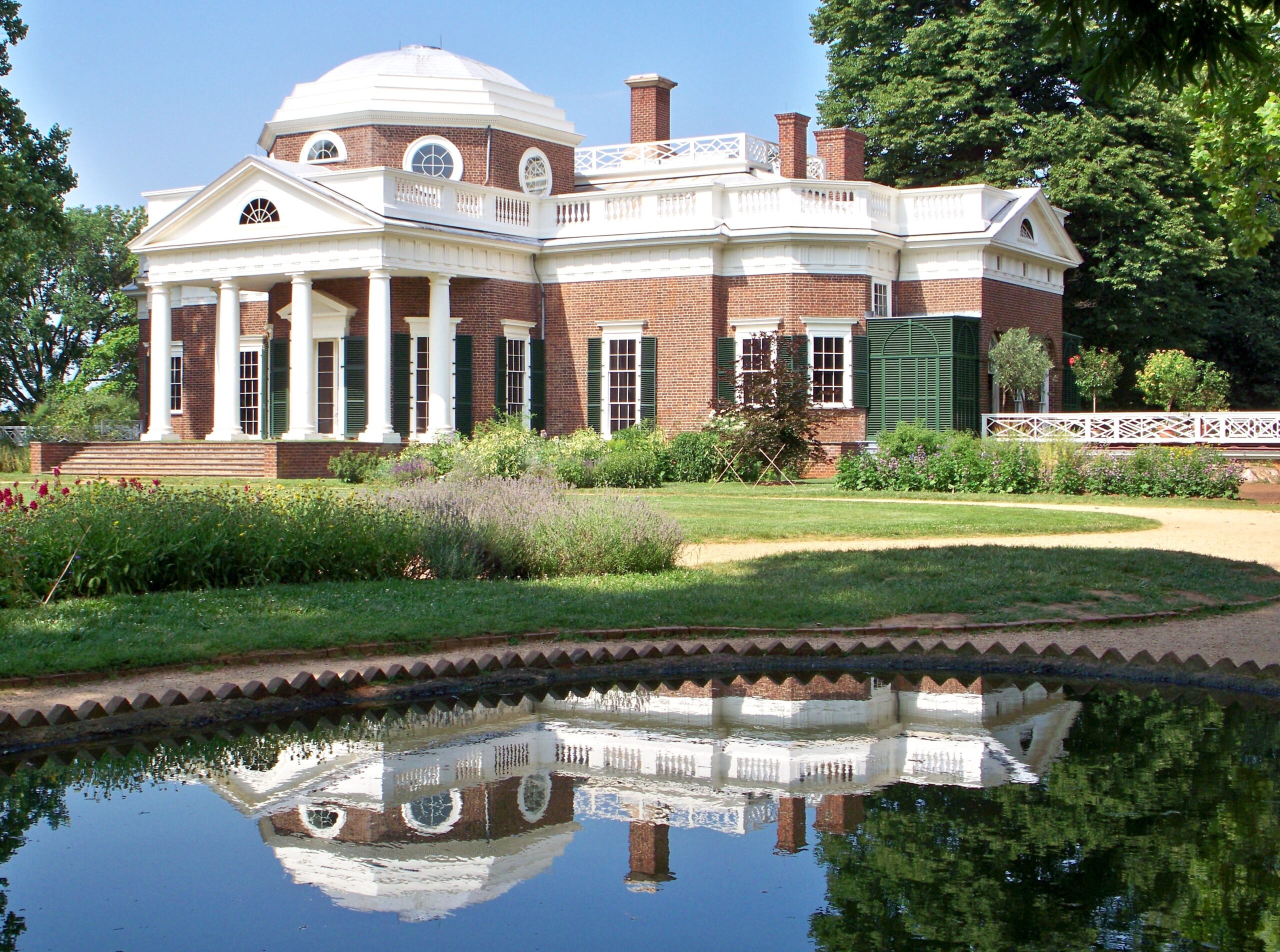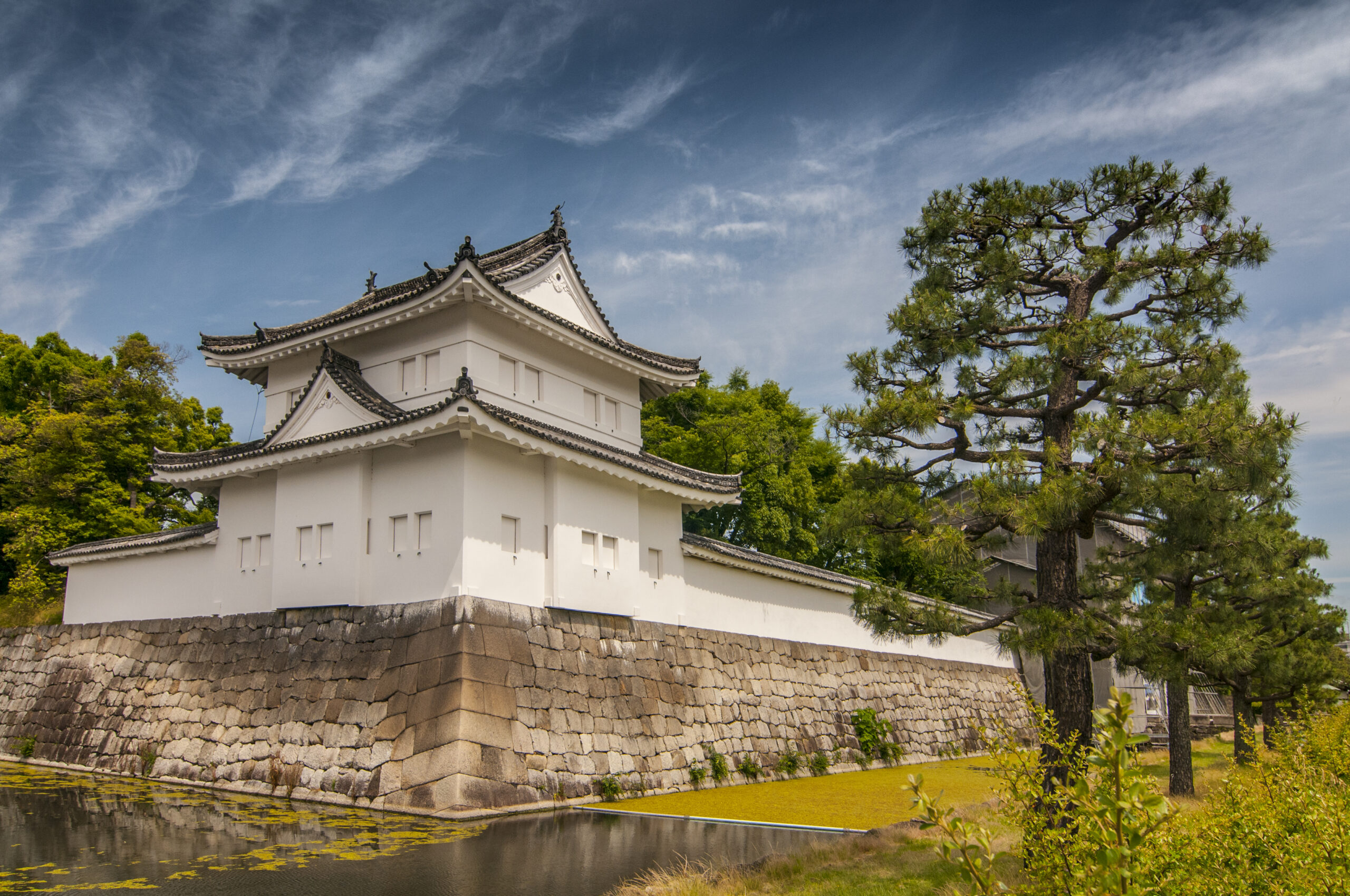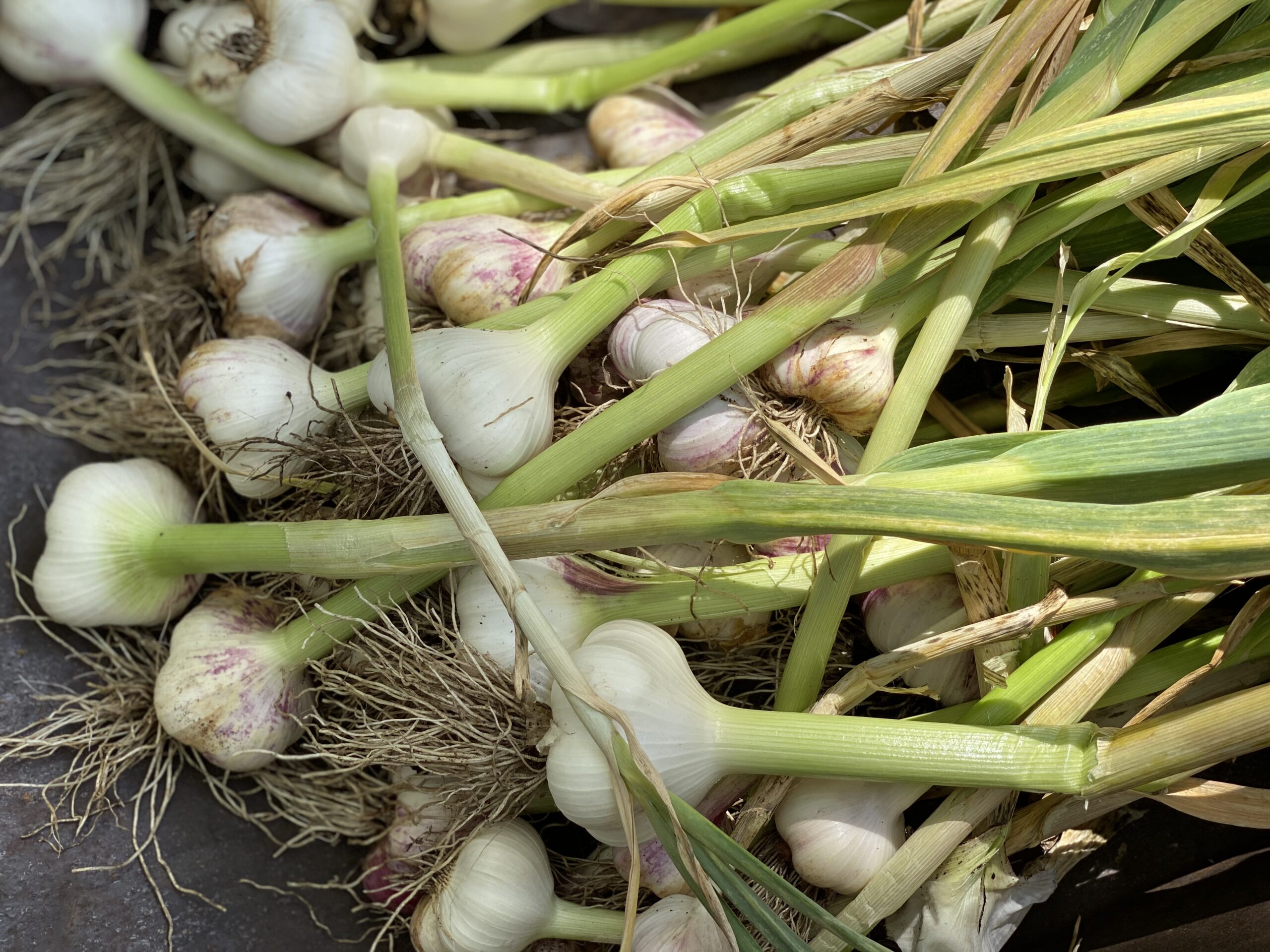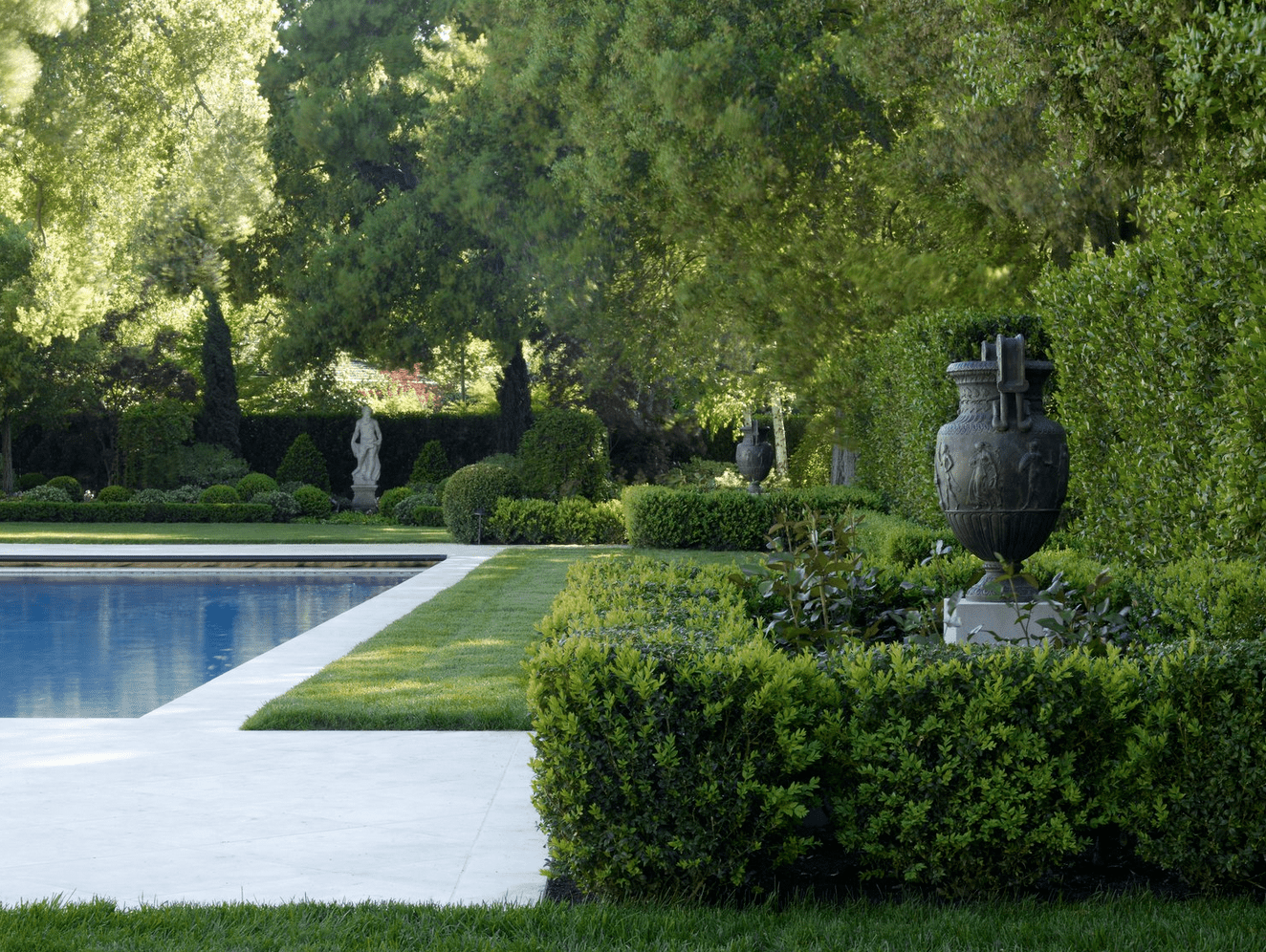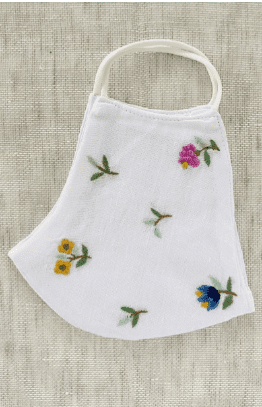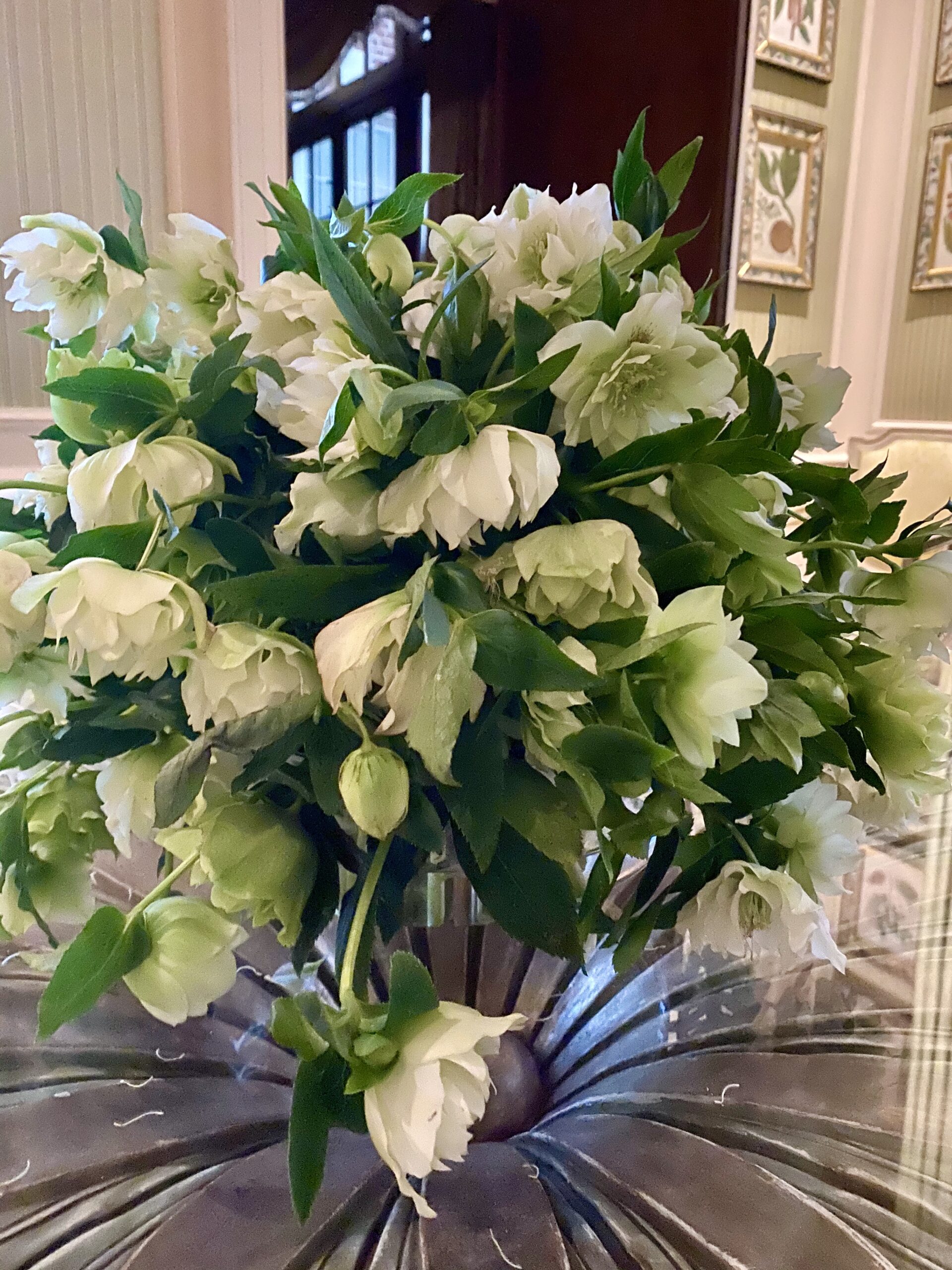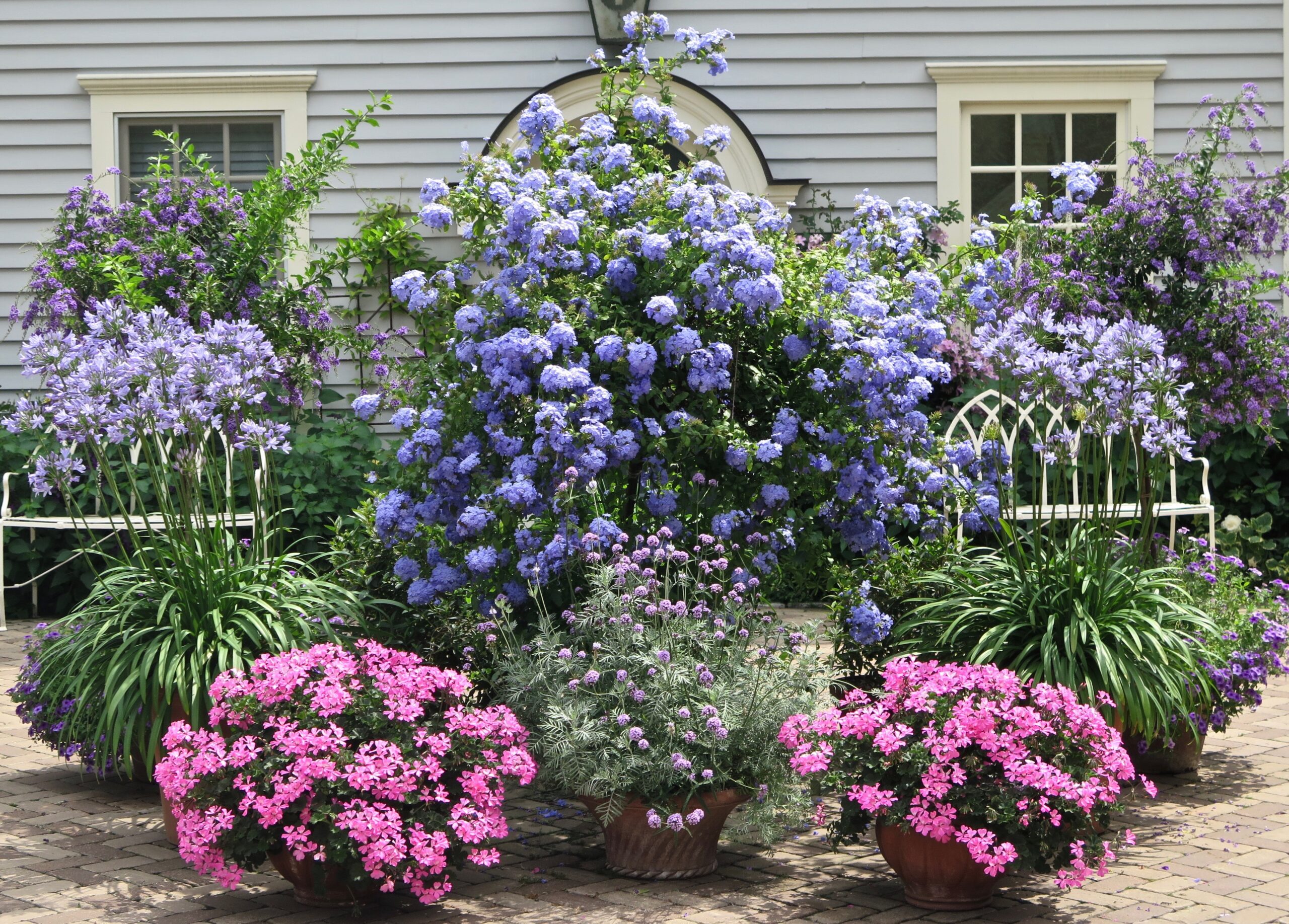“I have lived temperately, eating little animal food, and that…as a condiment for the vegetables, which constitute my principal diet.”
Thomas Jefferson, 1819
Yesterday, I had the thrill of visiting Monticello with my husband for the first time (his second). The Thomas Jefferson Foundation (and incredible board members and friends of the Foundation) have done an amazing job restoring Jefferson’s property to its pristine condition that we see today. We had an insider’s tour of the home, new Sally Hemmings exhibit (very moving), the famous domed room and a few of the gardens in the short time we had for our visit. It was really quite special.
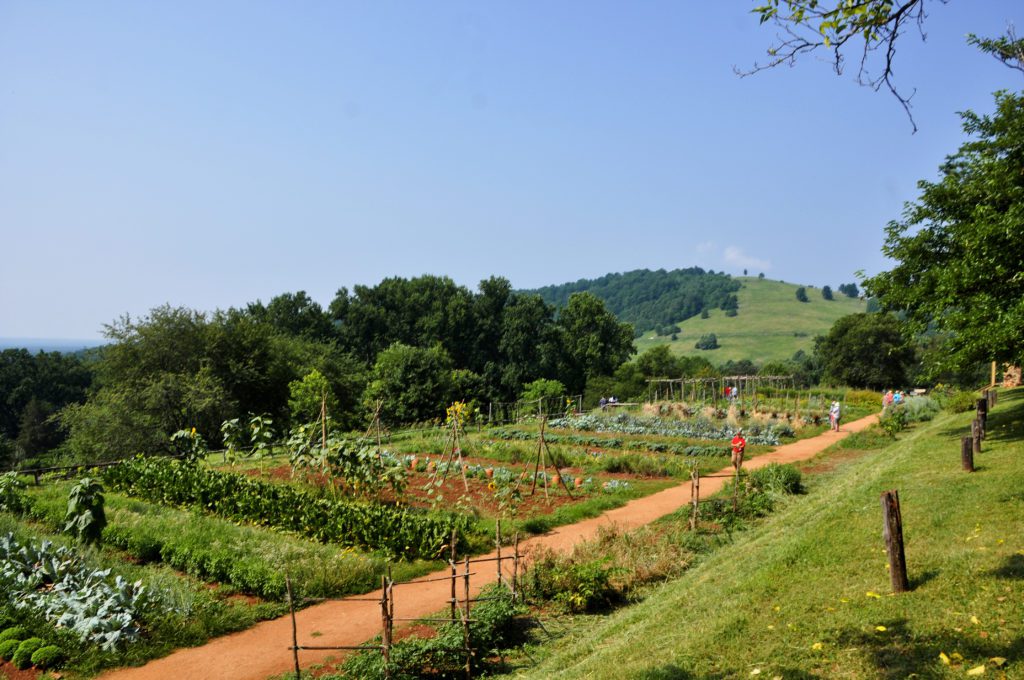

One of the most special parts of the property for me (of course) was seeing the famed kitchen or vegetable garden that Thomas Jefferson designed and created in its present location between 1806-1809. I remember reading about it in Andrea Wulf’s fantastic book, The Founding Gardeners. Nearly 1000 feet in length, Jefferson brilliantly positioned the garden on a terrace below the main house which is shielded from the regular winds that blow across the hilltop. This positioning extended his vegetable growing season by 2 months! His original design included 24 symmetrical “squares” or plots within this two acre garden, each of which would have been intentionally planted according to the type of plant.
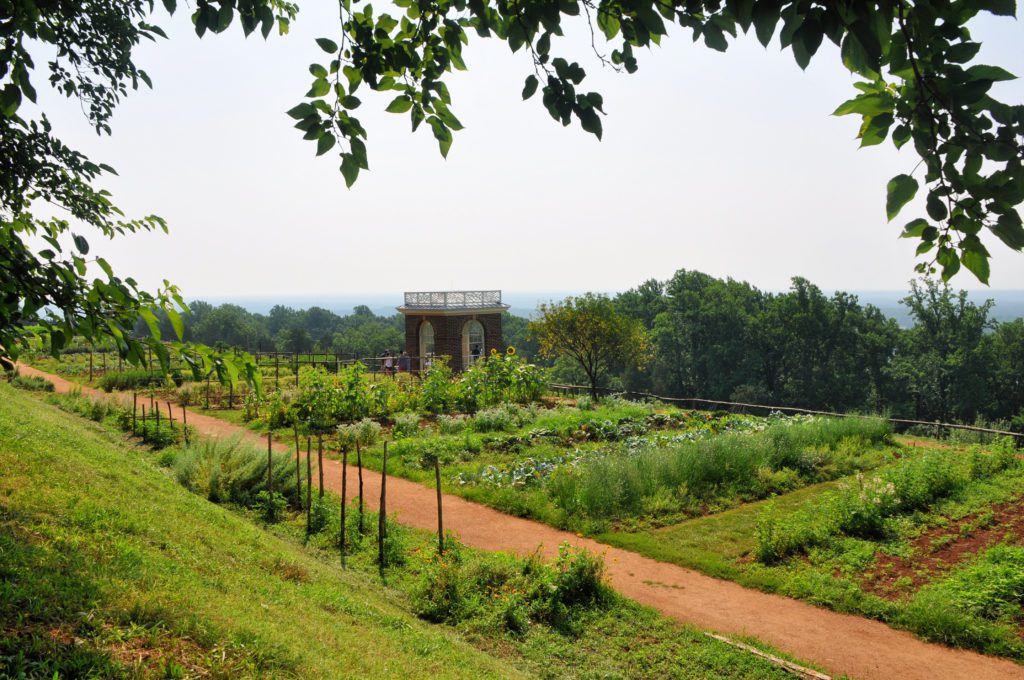

The structure marks the midline of the 1000 foot vegetable garden
You’d think with all of the vegetables he could’ve grown in this large garden that he would have been able to easily feed all living at Monticello (which during his retirement years included his daughter Martha, her husband, their 11 children, Sally Hemmings and their 6 children and possibly 160 slaves), but they often had to buy vegetables in the market to meet their household needs. The reason? Jefferson used his kitchen garden to experiment, more than grow actual food for the household. He tested different varieties of peas (his favorite), beans, cabbage, okra, lettuces, artichokes, radishes, tomatoes, eggplant, broccoli, cauliflower and many other vegetables to select the most hearty and desired varieties. He was also a prodigious documenter of all of his work, making him one of the most knowledgeable botanists in the colonies at the time.
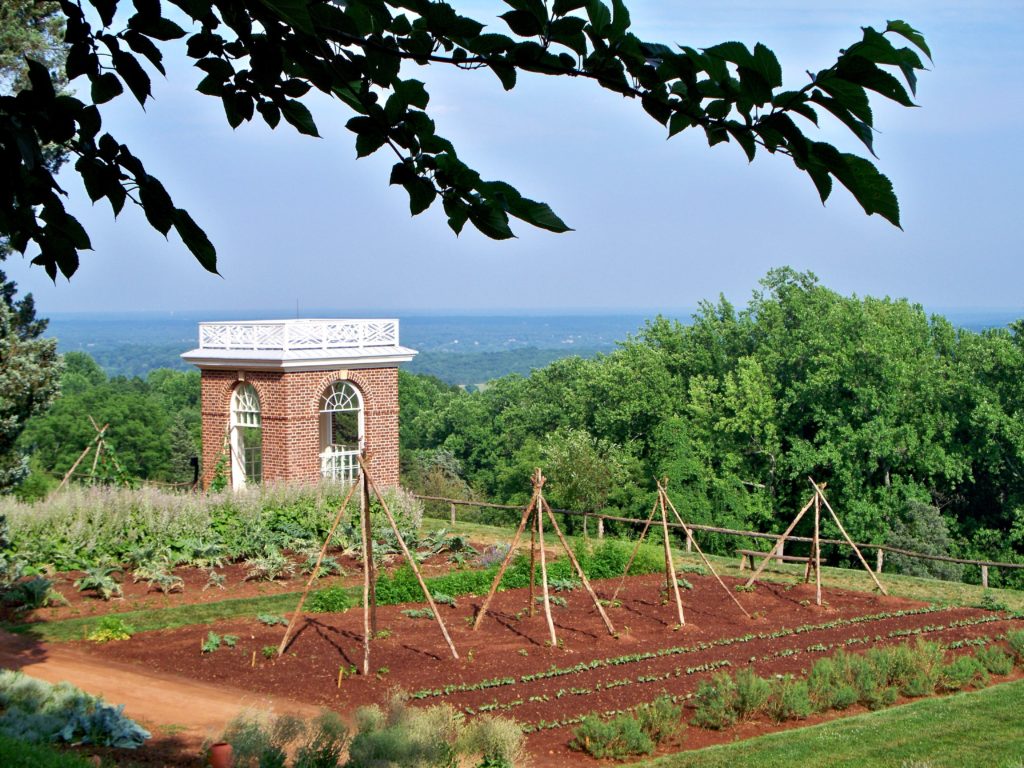

The garden was recreated in 1979 after two years of archaeological excavations to confirm the details of the original garden layout. The restorers found remnants of the original stone wall, the foundation of the garden pavilion and were able to confirm the locations of the original 24 squares. So the garden today is very close to the one that Jefferson designed and enjoyed.
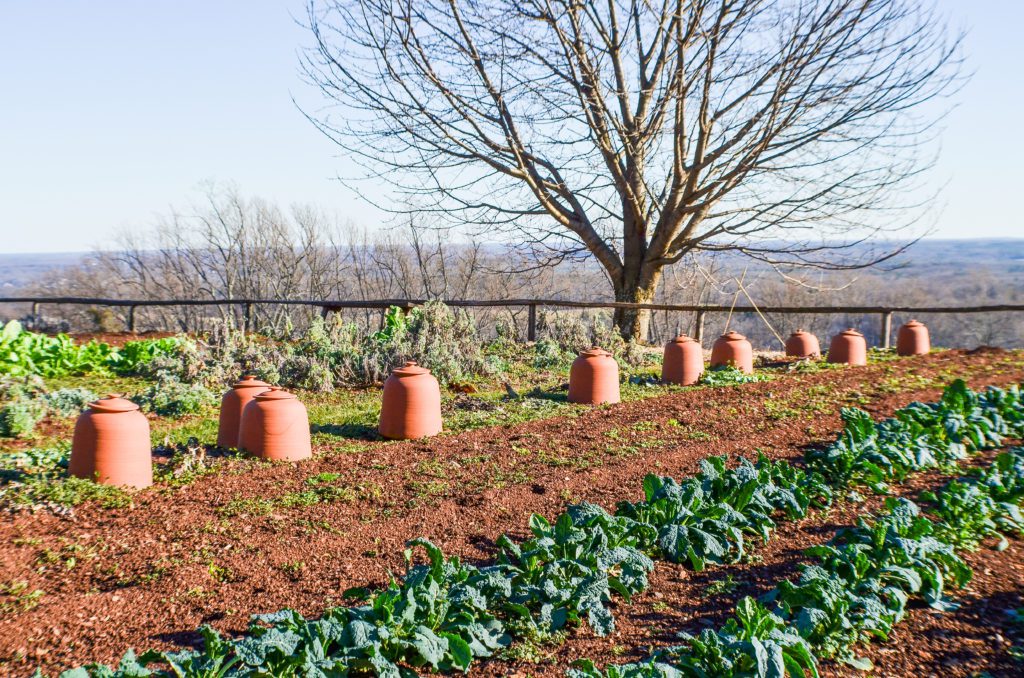

Jefferson often named his different experimental seeds after his friends who had given them to him or a seed’s location of origin, for example “Leitch’s pea” or “Tuscan bean”. Many of the varieties he planted years ago are still being planted today. The Monticello gardening team saves seeds, plants them the following year and sells the excess heritage seeds in the gift shop. Yes – I brought a few home :).
Thanks Monticello for an inspirational day!
“I have often thought that if heaven had given me choice of my position and calling, it would have been on a rich spot of earth well-watered, and near a good market for the productions of the garden. No occupation is so delightful to me as the culture of the earth, and no culture comparable to that of the garden. Such a variety of subjects, some one always coming to perfection, the failure of one thing repaired by the success of another, and instead of one harvest a continued one through the year. Under a total want of demand except for our family table, I am still devoted to the garden. But though an old man, I am but a young gardener.”
Thomas Jefferson to Charles Willson Peale, 1811

